We have another guest post from Cooper. You may remember him from his excellent piece detailing his experience with Canada Day in a post-Gravocaust World. He’s back with another excellent piece delving deep into the accidental noticing that Maclean’s did with a recent piece of theirs.
BASED LIBTARD RAG POWS AND WOWS WITH FACTS, KNOWLEDGE.
A retrospective on Maclean’s “Most Dangerous…”
When one thinks of native criminality the recent Saskatchewan stabbing spree comes to mind. Funnily enough, it was a much smaller incident that inspired this article APT News piece. In it we learn that paramedics refused to enter an Onigaming reserve and as a result a chug OD’d and went to drink lysol with the creator. My reaction here:
WHAT?? DON’T LOOK AT ME LIKE THAT. “GAMING” IS RIGHT IN THE RESERVE NAME.
Jokes aside, these emergency workers wisely held off on entering the wild animal sanctuary because one of them had been assaulted on the very same reserve in the past. Go ahead and read the article for your typical “d’white mahn is rashist” narrative if you wish. I’m not here for that. We all know that reserves are favela-tier living spaces.
The Onigaming story reminded me of Maclean’s “Most Dangerous…” series. With entries dating back to (2008) and curiously stopping after the last feature in 2020, these articles ranked Canada’s hellholes with a fair degree of data to back things up. Here are the entries I found:
- Most dangerous places 2020
- Most dangerous places 2019
- Most dangerous places 2018
- Most dangerous cities 2016
- Most dangerous cities – ran December 7th 2012 with no year
- Most dangerous cities – ran March 4th 2008 with no year
We’ll get into the absence of recent “Most Dangerous…” features a little later but for now, let’s check out the 2020 rankings. I’ll give you the top 20 and get straight to it: the total native percentage of Canada’s population is 4.9%. All these places have higher densities of neechies than that (more than double at the VERY LEAST). See my list below. In some cases, I included bits and pieces from articles discussing crime in each locale. This is to contextualize the aboriginog nature of said crime.
Canada’s Most Dangerous Places 2020 – Macleans.ca
2020 RANKINGS – By Violent Crime Severity Index
From the University of Waterloo: “The Crime Severity Index (CSI) monitors the severity level of police-reported crime. The CSI measures the overall seriousness of crime from one year to the next by tracking both the prevalence of crime within a community, and the seriousness of the crimes committed. This provides a better understanding of the impact that crime has on individual community members, their families, and the community as a whole.”
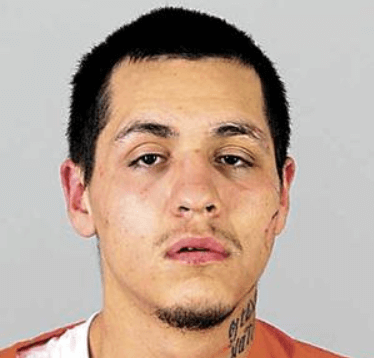
Keep in mind that the 2020 rankings below are based on the VIOLENT Crime Severity Index. If based on ALL crime, the rankings are a little different.
For population percentages of natives I simply referred to Wikipedia. The year of census data used on each wiki article varies, but it all seems to be within the last 12 years. I understand that populations change over time, but this is the information I have ready access to. Let’s keep the autism to a minimum.
1. Thompson, Manitoba. 43.5% native
“Thompson is on the front lines of contending with the violence, addiction and mental health issues that have resulted from the residential school system and forced relocation of many northern communities.”
“Manitoba Keewatinowi Okimakanak Inc. is a political advocacy group representing First Nation signatories to Treaties 4, 5, 6 and 10. Grand Chief Garrison Settee lives in Thompson and says the overrepresentation of Indigenous people in the criminal justice system is directly related to colonization and government policies that left a legacy of intergenerational trauma.”
2. North Battleford, Saskatchewan. 25.75% native
‘lingering racial division in a city that is one-quarter Indigenous and surrounded by seven First Nation reserves. The small cluster of the city’s 14,000 people who cause the most problems include seven hard-to-house individuals estimated to commit more than a fifth of all offences in the downtown. “When you’re dealing with those root causes, it’s generational,” Bater says. “It can be frustrating for the citizens I represent. I know that. But we have to stay focused and remember that the people who are having encounters with the RCMP are doing so because of a lifestyle. That lifestyle took a lifetime for them to get into, and it will take a while to get out.”’

CBC:
‘“Being a native person myself, I can see it. I know a lot of these people who are committing these crimes. It’s my neighbour next door, or a childhood friend, or relative,” she said.’
‘“The solution for that is not a simple fix, being that intergenerational trauma and the whole history of Canada.… People are still healing from that.” Sapp hopes the First Nations communities surrounding North Battleford consider constructing healing lodges as an alternative to having community members incarcerated or banished for their crimes.’
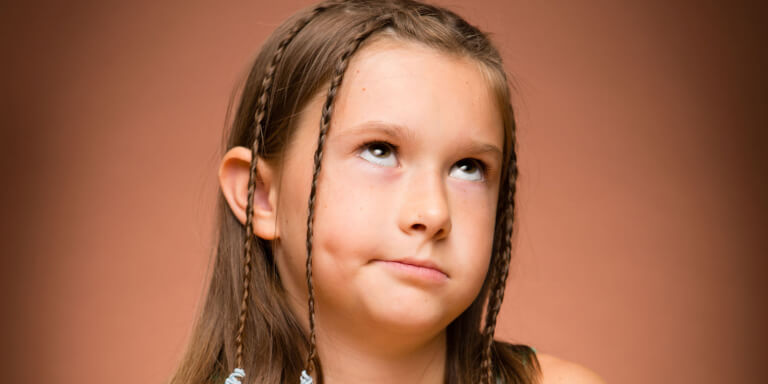
Editor’s Note: I can’t help but roll my eyes at this victim blaming “muh intergenerational trauma,” narrative that conveniently pretends that we aren’t victimized by these people, and in fact it’s somehow the opposite.
3. Portage La Prairie, Manitoba. 23% native
4. Prince Albert, Saskatchewan. 41.5% native
CBC:
“The Prince Albert Police Service says gang activity makes up ‘many’ of the violent crime calls that it responds to. As of the end of June, the police service had responded to 22,150 calls for service in 2021, 560 of which involved violent crime.”
‘Poilièvre says many of the people who join gangs in Prince Albert, as well as Saskatoon and Regina, are Indigenous youth who become involved because of deep-rooted issues. “They come from broken homes, dysfunctional environments due to colonization, evangelization, settlement, residential schools,” he explained. “They’ve experienced a lot of that subtle racism and oppression and they don’t like it so they join an organization that they’re comfortable in.” It’s up to the community as a whole to help reduce gang activity and violence, according to Poilièvre. He points to the 94’ calls to action laid out by the Truth and Reconciliation Commission as the “road map.”’
5. Quesnel, BC. 16.6% native
6. Wetaskawin, Alberta. 12% native in town itself, but…Neighbored by Maskwacis (basically five reserves)
‘Teresa Callihoo, whose children are Indigenous, says there’s a perception that First Nations people from the neighbouring city of Maskwacis are the perpetrators of most of the crime in Wetaskiwin. It’s true, she says, that gang violence began “ramping up” in Maskwacis a decade ago, when she was working for the city of Wetaskiwin on a crime prevention program. Several years ago, one of the reserves passed a bylaw to evict known gang members living there. But she notes that Maskwacis, which serves four reserves, was also home to the Ermineskin Indian Residential School that shut down in 1973. “The intergenerational trauma—that’s what we’re seeing playing out in [Wetaskiwin] with the crime, homelessness and addiction,” says Callihoo, who lives in Wetaskiwin with her kids. “I think what is perceived as inaction in [Wetaskiwin] is maybe just cautious planning—how to handle the optics of a rising crime rate without alarming people, and how to maintain the relationship between our community and Maskwacis.”
A growing homelessness problem doesn’t help, and is made all the more complicated as the city doesn’t have a shelter. The city is working on building a Friendship Centre to help with shelter, food security and social services for those in need, but it’s far from breaking ground. In the meantime, residents complain about the homeless—most of them First Nations people who are found sleeping inside the entryways to apartment buildings or bank branches in a place where winter temperatures plunge below -20° C. Photos of their makeshift sleeping quarters often wind up on a “Wetaskiwin Rant and Rave” Facebook page.”’
‘On a recent weekday morning, a group of unemployed First Nations men sit in an empty patch of land behind a liquor store. “We’re just bored,” says Cary McGilvery, who is originally from St. Paul, Alta., but has lived in Maskwacis for 26 years. “Like me today, I came over because I had nothing to do at home.” McGilvery seems resigned to his situation. “It’s a lack of jobs, lack of employment and lack of communication with the reserve.”’
7. Selkirk, Manitoba. 27.3% native
8. Terrace, BC. 23.6% native
9. Williams Lake, BC. 19.8% native
10. Timmins, Ontario. 11% native
11. Prince Rupert, BC. 38.9% native
12. Kenora, Ontario. 21.3% native
13. Winnipeg, Manitoba. 11.7% native
14. Thunder Bay, Ontario. 13.2% native.
15. Yorkton, Saskatchewan. 11.9% native
16. New Glasglow, Nova Scotia. Could not find data
17. Port Alberni, BC. 15.6% native
18. Fort St. John, BC. 11.3% native
19. Prince George, BC. 15.4 % native
20. Greater Napanee, Ontario. 11.3% native
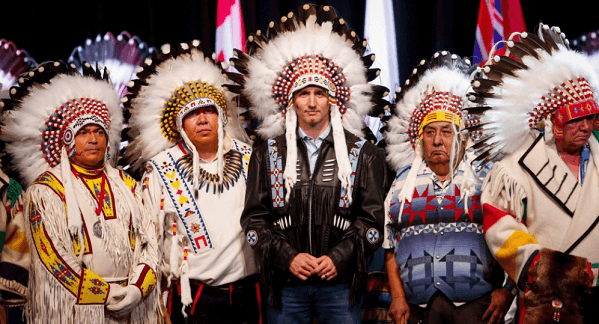
Now it is not as if the percentage of natives directly correlates with how dangerous a place is. We could draw arbitrary lines around a minimum percentage in relation to such-and-such tier of ranking, or graph things to the nth degree but that level of minutiae is unhelpful. The fact is there’s not a single spot on that list not hugely overpopulated with natives in relation to the national average. Imagine if Maclean’s had included reserves on the list (they ranked 237 places with populations over 10,000).
Editor’s Note: It does directly correlate, it just doesn’t perfectly correlate.
One may balk at the Territories’ lack of inclusion anywhere on the Maclean’s list, given their abundance of abos. I am not sure whether the Maclean’s data was relegated to the provinces only and why that may or may not be. Lest you think this disproves my assertions then check out this StatCan data set.
The top 10 entries on the 2020 Maclean’s list have an average violent crime severity index of 291. When it comes to the Territories that number is 268.71, 472.73 and 596.08 as of 2021 for the Yukon, NWT and Nunavut, respectively. Those figures, my boys, are higher than giraffe pussy.
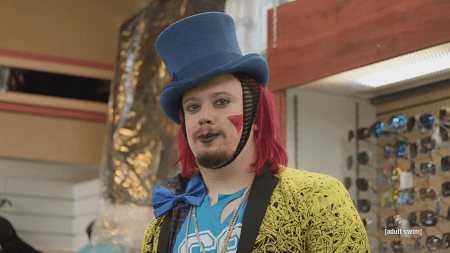
What about the other years Maclean’s ran this feature? Do things look any different? I’ll just give you the top five for brevity’s sake.
2019
1.Wetaskawin, Alberta. 12% native in town itself, but…Neighbored by Maskwacis (basically five reserves)
2.Red Deer, Alberta. 7.1% native
3.Lethbridge, Alberta. 7.1% native
4.Prince Albert, Saskatchewan. 41.5% native
5.Thompson, Manitoba. 43.5% native
2018
1. North Battleford, Saskatchewan. 17.2% native
2. Thompson, Manitoba. 43.5% native
3. Prince Albert, Saskatchewan 41.5% native
4. Williams Lake, British Coloumbia. 19.8% native
5. Red Deer, Alberta. 7.1% native
2016 – data not available
2012 – behind a paywall
2008 –
1. Regina, Saskatchewan. 9.9% native.
2. Saskatoon, Saskatchewan. 11.3% native
3. Winnipeg, Manitoba. 11.7% native.
4. Prince George, BC. 15.4% native.
5. Edmonton, Alberta 6.4% native.
It’s worth noting that somewhere along the line, Maclean’s switched their methodology up. In 2008 they only listed Canada’s top 100 population centers (those with 50K and up). As mentioned above, by 2020 they included 237 total locations with much smaller populations. That could explain why things looked markedly different in 2008, but again, every entry for every year I could find had a higher population of natives than the current national average. Keep in mind that the native population percentage has been growing very quickly so the overrepresentation in previous years (especially 2008) is likely more significant than it appears on its face. It all depends on how the census data lines up. I’m not a Poindexter. Maybe one of you can figure this out.
Here’s a helpful link.
“Response mobility and the growth of the Aboriginal identity population, 2006-2011 and 2011-2016”
Something else changed with Maclean’s over the years. The last three years of the “Most Dangerous…” features included raw data and some wikihow-tier picture lists, but no extrapolation that I could find online. Conversely, they were much more candid in 2008. Here are a couple excerpts from that year’s write up:
“The gross overrepresentation of Aboriginals in custody is both an indicator of the problem and part of the reason it is perpetuated.”
“The top three high-crime communities also have proportionately the largest urban Aboriginal populations of any Canadian cities.”
But wait, it’s not just chugs doing the bad things:
‘Disaffected immigrants and refugees, scarred by the violent anarchy of places like Somalia and Ethiopia, form the nucleus of ultra-violent gangs like the Mad Cowz and the African Nation. “Sometimes people focus on the Aboriginal gangs,” says Winnipeg police Chief Keith McCaskill, “but it’s everything, it really is.”’
Haha ok I’ll give blegs a little credit as well. Man, our worldview leads to a constant deluge of confirmation bias.

Well I mean Schlomo has them working together, so what does it matter anyway?
Now I personally love 13-do-50 style takes so Maclean’s’ reticence to write these features past 2020 is disappointing. I did reach out to them asking about why they stopped. As of publication I’ve not received a response, but I’ll gladly update this if anything fruitful comes from the inquiry. For now, let me kick around a pet theory: they nixed the series exactly for that reason. It gives Canadians (read: Whites) the moral courage to verbalize what they see and experience on a daily basis, that is, the astoundingly poor behaviour of land-bridge-please-go-back-ers and their inability to act civilized. This shit has been recorded all the way back to Samuel Hearne’s diary. It has not and likely will not change. The last chance to fix the problem has been turned into retarded atrocity propaganda (the heya-hoya-caust). In an increasingly polarized political landscape White solidarity is an obvious need. ZOG must ensure that Whites do not see themselves in someone like Gerald Stanley or the Bilodeau’s (all of whom did nothing wrong).
This withholding of information is not without precedent. The FBI has refused to publish crime stats this year, and their tables are the progenitor of our little numbers game. The glowies have a gay cope that too little crime data came in from police organizations in 2021.
Even if that is the case:
- The data they have could be released, if with a caveat or two
- The lack of data reporting at the local level is probably intentional
I don’t believe what the FBI says about anything so who knows. It’s bullshit one way or another…
Perhaps you think the native question is an obvious one to answer. “Cooper”, you say, “quantifying these things is a waste of time. The White man needs to stand up of his own volition; he doesn’t need statistics, he needs ideology”. Personally, I think Whitey needs vindication. As I stated earlier, this system relies on you not believing your own eyes. With this information we can show good, hard-working folks that they are not crazy, and that the entire drive to deify indige-nigs is a farce.
If you take nothing else away from this article, keep the places I’ve mentioned off your Great Canadian Vacation List.

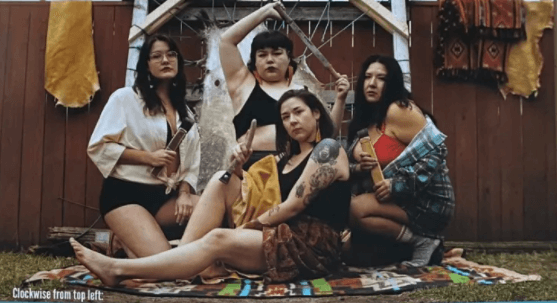



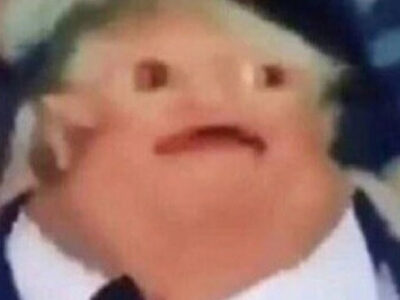
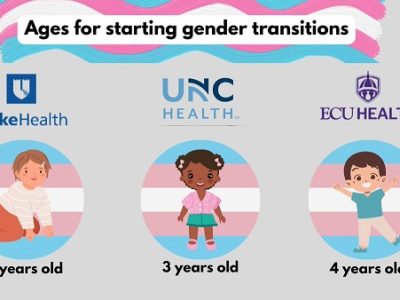
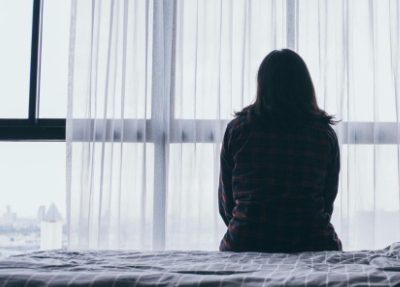






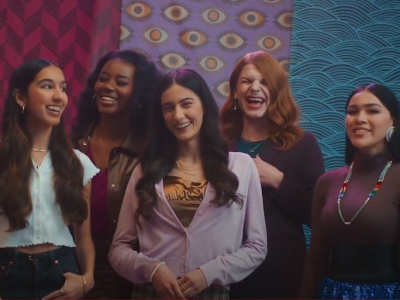
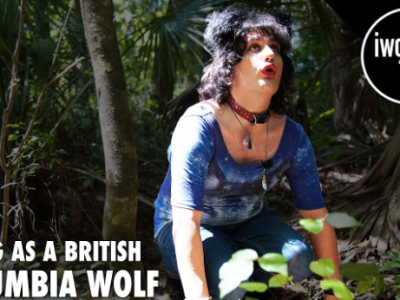
What I think Whitey needs to DO is to STOP trying to “uplift” the Darkies. Darkies are not White. LEAVE THE DARKIES ALONE!
It IS Whitey Christie’s fault for all this mayhem, because Whitey Christie WILL NOT STOP trying to make Orcs behave like they are White.
WHITE MAN and WAHMAN! LEAVE THE DARKIES ALONE! They are NOT ours to “fix”. LEAVE THEM ALONE! You are NOT God and stop pretending you are, or that your Geezuz fantasy will turn Darkies White! ALL you are DOING is pissing off 90% of the bipeds on the planet, and destroying the White Race. STOP NOW!!!!!
Agreed. I would take even further – no money for social services, education, or health care. Let these morons feed themselves on their own dime for a change. Tired of these violent useless losers and all their excuses.
We affectionately call them “prairie niggers” in my area.